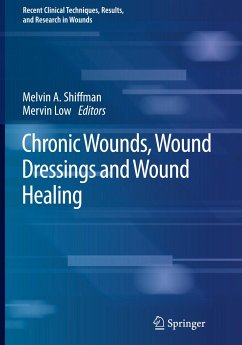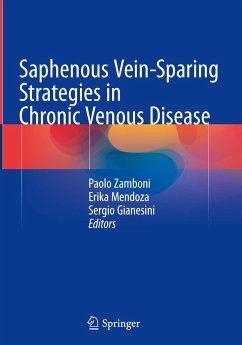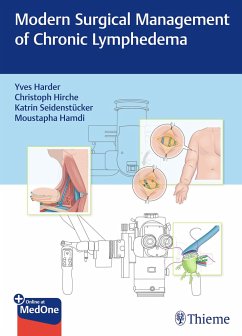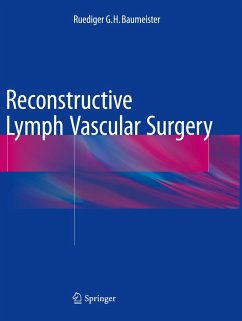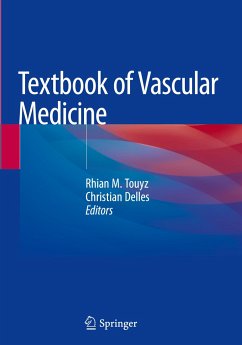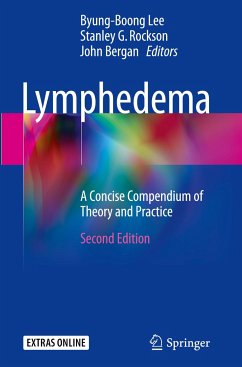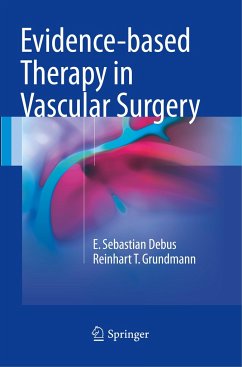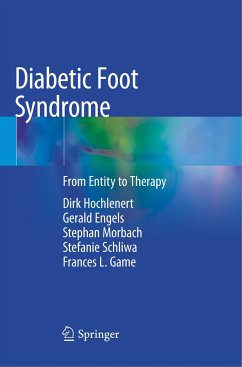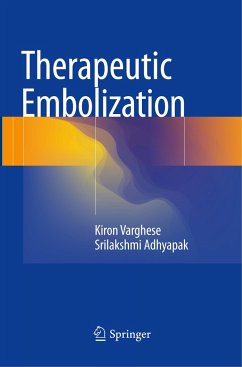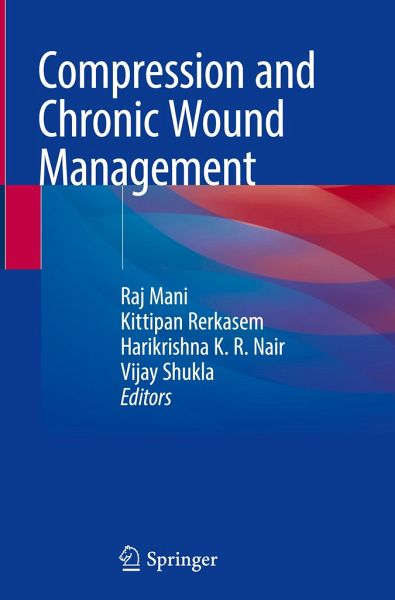
Compression and Chronic Wound Management

PAYBACK Punkte
46 °P sammeln!
This book evaluates the various evidence-based arguments for the use of compression to treat chronic wounds. It describes the growing health burden caused by these lesions with vast sums spent on wound management and its associated complexities around the world. Since compression is the mainstay of treatment in venous conditions ranging from varicose veins through venous leg ulcers, the authors have also evaluated the use of compression techniques in the successful management of lymphoedema and certain orthopaedic conditions.Compression and Chronic Wound Management provides a balanced text on ...
This book evaluates the various evidence-based arguments for the use of compression to treat chronic wounds. It describes the growing health burden caused by these lesions with vast sums spent on wound management and its associated complexities around the world. Since compression is the mainstay of treatment in venous conditions ranging from varicose veins through venous leg ulcers, the authors have also evaluated the use of compression techniques in the successful management of lymphoedema and certain orthopaedic conditions.
Compression and Chronic Wound Management provides a balanced text on how to apply scientific knowledge to ensure pragmatic clinical practice. It therefore represents an essential resource for residents, specialists and researchers in wound management, whether they are dermatologist, vascular medicine physicians and surgeons, or orthopaedic practitioners.
Compression and Chronic Wound Management provides a balanced text on how to apply scientific knowledge to ensure pragmatic clinical practice. It therefore represents an essential resource for residents, specialists and researchers in wound management, whether they are dermatologist, vascular medicine physicians and surgeons, or orthopaedic practitioners.



